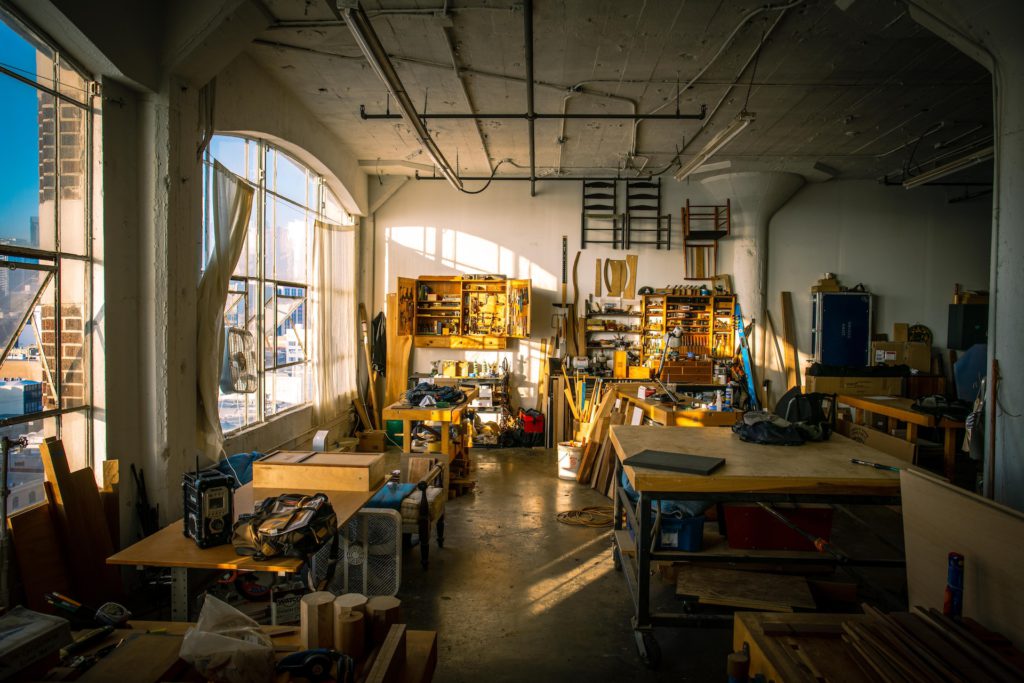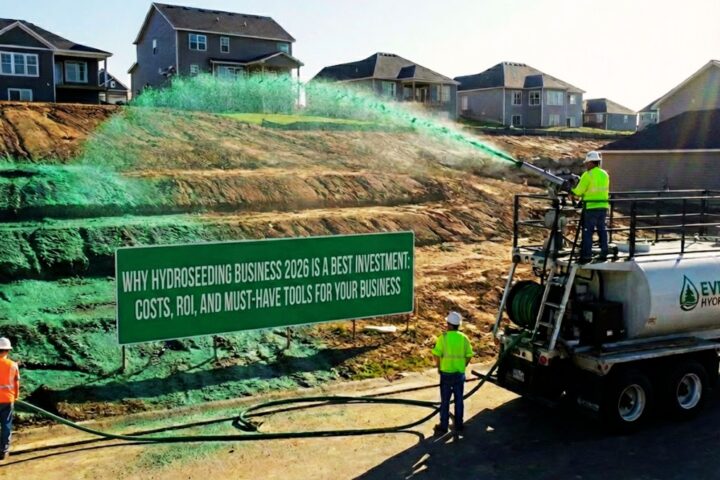Has your business grown so much you need a larger workspace to keep up with demand? Or maybe you want a place where you sit down and focus on a hobby? In either case, a workshop is a perfect solution! It’s a great space to organise tools, motivate yourself, and increase the efficiency of your projects!
While a great investment, creating this space is a job in itself and there are many things to consider before you do. Here are our tips for setting up your workshop that make the process easier:
Prepare the space
Though this might seem obvious, this is step is crucial before you begin. You need to determine how much space you have and how much space you actually need. Mapping out the available space will help you decide where you’ll place your tools, power outlets, and workbenches, as well as let you know storage dimensions.
If you find yourself with limited space to work with, like in a basement or garage, then there are many space-saving solutions for your small workshop you can use.
Buy the essentials
There are some basic bits of kit that are critical to the operation, whether the workshop is for business or a hobby. Though bits like screws, fasteners, and nails are staples, the right equipment will depend on the type of project you’re doing. If you’re working in carpentry and woodwork, for example, have equipment like latches, hinges, and handles to hand to make your job easier.
Keep it organised
Keeping your work area organised and clear is going to help you in the long run and boost your productivity massively. Instead of wandering around looking for that tool you’ve misplaced, you’ll be able to focus on the task at hand. Not only is this more enjoyable but it makes your work environment safer.
There are plenty of ways to keep your tools and workspace organised. Pick from tool chests, peg boards, and cabinets – it’s up to you!

Power outlets
Another important consideration is where to place your power outlets to make sure they are easily accessible and can support your equipment. Especially if you own power tools, you’re going to need outlets with the right voltage and a plug should be dedicated for each bit of the kit.
When you have less space to work with, planning out where you’re going to place your outlets not only makes your workspace more effective but keeps you safe while using your tools. Power cables running across the floor or bending down to plug things in can be hazards and that’s the last thing you want when working with dangerous equipment.









